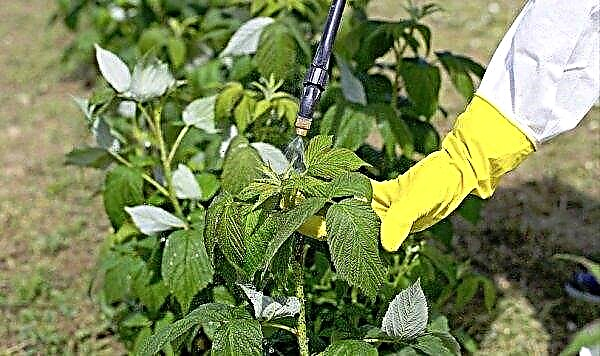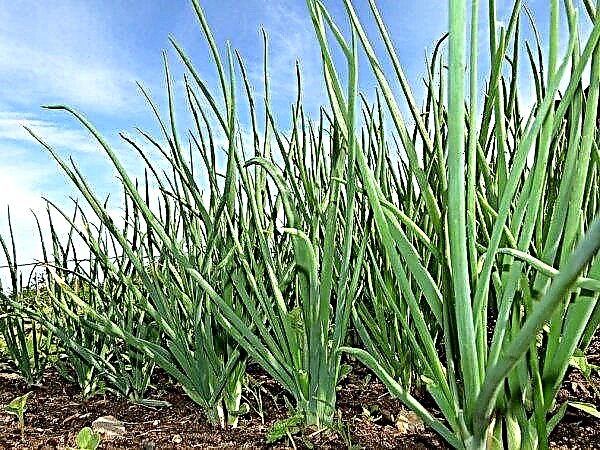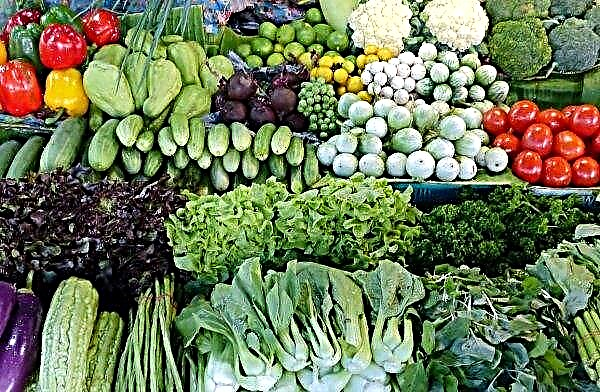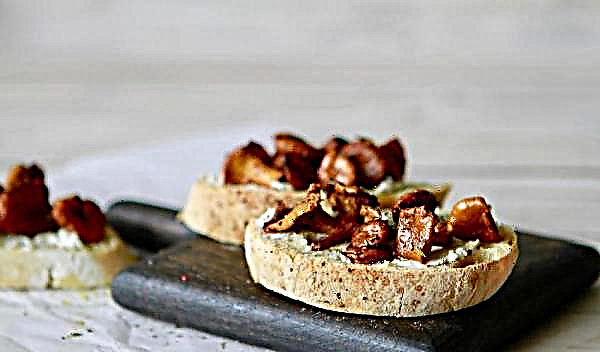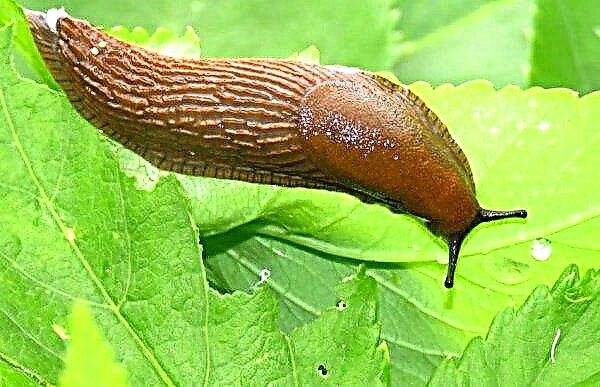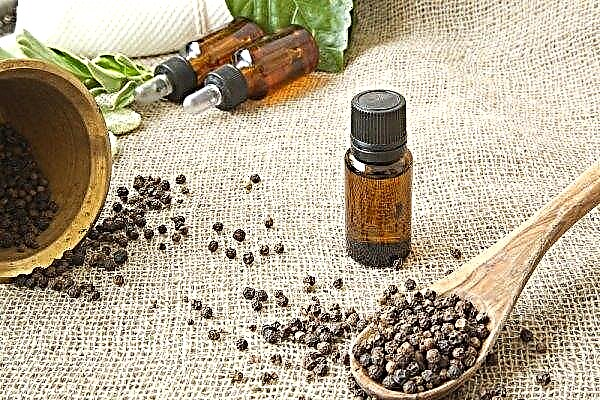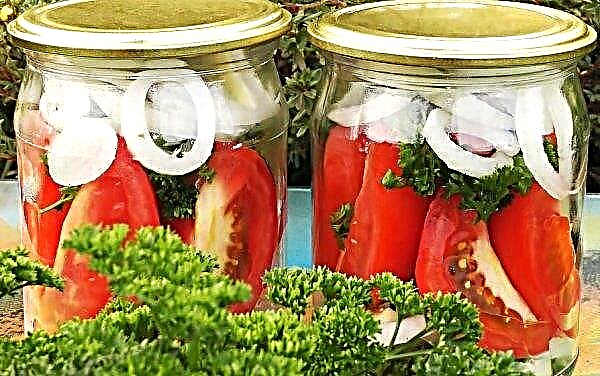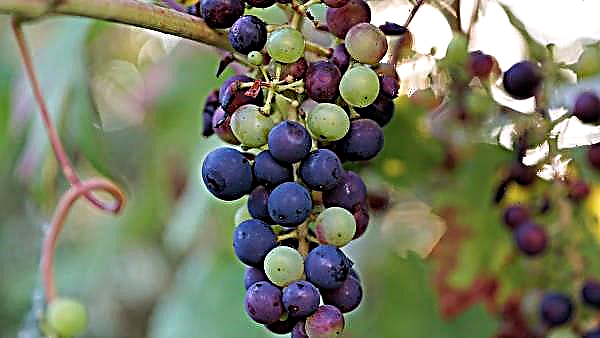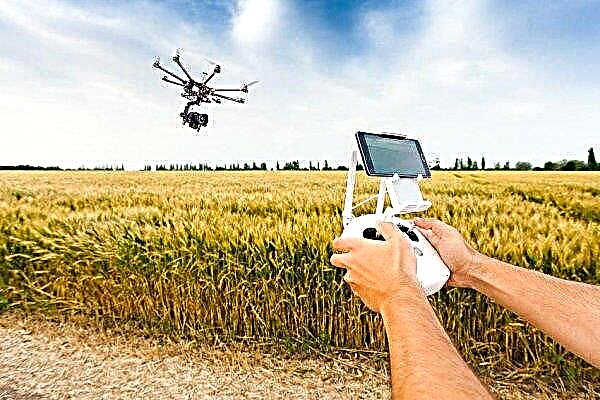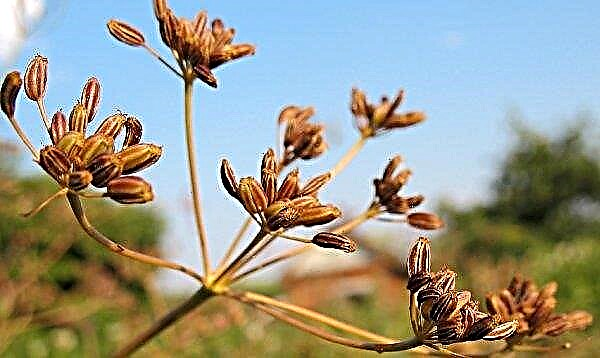With the advent of spring, most of the mid-season potatoes, stored even in almost ideal conditions, begin to sprout. If the crop is kept in a closet or on a city balcony, the characteristic white shoots on the surface of the tubers begin to hatch already at the end of winter.
Chemical composition and calorie content
Potato is perhaps the most popular vegetable on our tables. And this is not surprising, because it is rich in vitamins, minerals, and due to calorie content it well nourishes and restores the body.
On average, a vegetable contains such substances (100 g):
- proteins - 1.9 g;
- fats - 0.38 g;
- carbohydrates - 17 g;
- fiber - 1.38 g;
- water - 79 g.
Calorie content of potato - 76.8 kcal. In addition, potatoes are rich in vitamins A, groups B, C, D, E, H, K, PP, minerals (Ca, Si, Mg, Na, Ph, Cl, Fe, I, Co, Mn, Cu, Mo, Se , F, Cr, Zn, etc.). All of these substances, and some others, are found in fresh potatoes. And if the minerals do not disappear anywhere, then the vitamins begin to degrade over time. By the beginning of winter there are very few of them left, and by the new year there are practically no useful substances in the tubers. The carbohydrate content is also reduced, but the content of far from the most useful substances, namely, solanine, is increasing.
And if the minerals do not disappear anywhere, then the vitamins begin to degrade over time. By the beginning of winter there are very few of them left, and by the new year there are practically no useful substances in the tubers. The carbohydrate content is also reduced, but the content of far from the most useful substances, namely, solanine, is increasing.
Did you know? In its structure, solanine is close to the animal hormone cortisone and cardiac glycosides. Synthetic cortisone became available only after the hormone was synthesized from solasodine, the closest relative of solanine.
Why sprouted potatoes are considered harmful
The reason sprouted potatoes can be harmful to our bodies is because of the high levels of solanine in these tubers. Solanine is an organic toxic glycoside found in many plants of the nightshade family (tomatoes, nightshade, eggplant, potatoes, peppers, etc.) and not only. The substance consists of a glucose molecule and an alkaloid of solanoidin.
It functions as a fungicide and insecticide, protecting the plant from pests and diseases. Closer to spring, the tubers begin to prepare for planting - protection against potential fungal diseases and parasites is included. This happens approximately like this: the sugar contained in the vegetable and part of the starch under the influence of dampness, oxygen and time are combined with solanoidin. As a result, solanine is formed. The alkaloid is present in all parts of the bush. The highest concentration over the entire growing season is observed in the fruits and flowers of the plant. In small concentrations, the substance does not harm the body: in the normal potato that we eat contains about 0.04% solanine. That is, 1 kg of tubers contains about 40 mg of alkaloid, which is absolutely no danger to our body.
The highest concentration over the entire growing season is observed in the fruits and flowers of the plant. In small concentrations, the substance does not harm the body: in the normal potato that we eat contains about 0.04% solanine. That is, 1 kg of tubers contains about 40 mg of alkaloid, which is absolutely no danger to our body.
Potatoes that can be stored until next summer will already contain almost 3 times more solanine - about 0.11%. After another year of storage in the substance that was potatoes, the alkaloid content will increase to 1.3%. The highest concentration of toxic substance is found in young sprouts up to 1 cm long - approximately 5%. In sick wrinkled tubers, toxin is 100–200% more than in normal healthy potatoes up to six months old.
Important! Solanine has the ability to accumulate in the body, you should not forget about it, if you often eat a lot of solanaceae. In addition, the poison is not afraid of high temperatures, but is partially washed with water. That is why the sprouted potatoes need to be cooked, not fried or baked.
Why can not eat sprouted potatoes
Talking about the dangers in relation to potatoes, even if hypothetical, follows from the middle of winter. By the beginning of the new year, tubers lose most of their nutrients (vitamins), while the content of solanine increases. The poison in the tubers is unevenly distributed - its maximum content falls on the area located directly below the surface of the tuber (subcornal zone), in the area around the eyes, in green spots and sprouts. Alkaloid poisoning has the following symptoms: lethargic state, nausea, vomiting, pain in the head and stomach, diarrhea, tremor, fever, loss of orientation in space. In especially severe cases - delirium, coma. For humans, the alkaloid is dangerous, starting with a dose of 250-400 mg. It should be noted that nowadays, modern potato varieties are widely used, in which the alkaloid content is minimized due to the work of breeders.
Alkaloid poisoning has the following symptoms: lethargic state, nausea, vomiting, pain in the head and stomach, diarrhea, tremor, fever, loss of orientation in space. In especially severe cases - delirium, coma. For humans, the alkaloid is dangerous, starting with a dose of 250-400 mg. It should be noted that nowadays, modern potato varieties are widely used, in which the alkaloid content is minimized due to the work of breeders.
So even sprouted spring potatoes are almost no danger. To seriously talk about it, you need to eat a few kilograms of sprouted unpeeled vegetable in its raw form. From the foregoing, we can conclude that, in principle, sprouted potatoes can be eaten. Such food is unlikely to cause significant harm to you, however, you should hardly expect any benefit from it.
How to cook sprouted potatoes
Do not rush to get rid of sprouted potatoes - it can be used, and not only for food, although this way too. For example, it is an excellent raw material for cooking homemade mash, and later moonshine. In addition, in many families in Russia, Ukraine, Belarus, it is not customary to throw away products that are not quite salable. And it is not a matter of greed or poverty, it is rather the historical memory of generations: it is difficult for a person who has suffered hunger and deprivation of war to throw out slightly sprouted potatoes. And not every summer resident who personally grew and harvested his hand will raise his hand to throw it away.
And it is not a matter of greed or poverty, it is rather the historical memory of generations: it is difficult for a person who has suffered hunger and deprivation of war to throw out slightly sprouted potatoes. And not every summer resident who personally grew and harvested his hand will raise his hand to throw it away.
Did you know? In early spring, very small smooth potatoes appeared on the markets, supposedly local young. Chances are that these are tubers grown in the cellar on old potatoes, so they are really extremely dangerous — solanine in them is an order of magnitude higher than in old sprouted tubers.
In a fresh tuber, from which the top layer has been removed (peel with a thin layer of pulp beneath it), only 5–10% of the alkaloid from the initial content remains. I.e 90% of the toxins are found in and under the peel.. The same applies to sprouted potatoes, only with the amendment that in such tubers the highest concentration falls on the sprouts, the areas around the eyes and all green areas, therefore, it is necessary to remove first of all all of the above parts.
The main thing to remember: only boiled tubers are absolutely harmless to health, as an option, stewing is allowed. For all other cooking methods (frying, baking, especially in uniform), forget it. Cut the peel by grabbing a sufficient layer of pulp. After that, use the product as you see fit: add to the soup, cook mashed potatoes, make the filling for dumplings or pies, casserole in the oven. In general, here is an ordinary potato that can be used for cooking, boiling it at least until half-cooked (a semi-finished product can then be baked). Using such potatoes, it is advisable to supplement it with products that neutralize toxic substances or facilitate their absorption (adsorbents) or excretion from the body.
In general, here is an ordinary potato that can be used for cooking, boiling it at least until half-cooked (a semi-finished product can then be baked). Using such potatoes, it is advisable to supplement it with products that neutralize toxic substances or facilitate their absorption (adsorbents) or excretion from the body.
On our tables, the most popular among these products are the following:
- cabbage;
- beet;
- any greens;
- garlic;
- sour cream.
Important! Do not feed dishes containing sprouted potatoes to a child under the age of three.
Features of the use of sprouted potatoes in the diet of pets
Dogs and cats can be introduced into the diet such a product in boiled form in small quantities and not more than 1 time per week. It is mixed into porridge or other food in small volumes. Caution should be taken when feeding rabbits.
It should be borne in mind that for these animals, the lethal dose of solanine is 0.6–1.2 mg / 1 kg of animal weight. For feeding a decorative animal living in an apartment, such a product should not be used at all. For rabbits that are raised for slaughter, the proportion of such feed should not exceed 40% of the diet. Potatoes are prepared for animals in the same way as for human consumption (peel, boil). Vegetables are given to pigs and cattle in the same form as for meat rabbits, adding to mixed feed. Sprouted potatoes in the spring are more a rule than an exception. Do not rush to throw it away, the vegetable is completely edible, only you need to follow some rules and know how to cook it.
Potatoes are prepared for animals in the same way as for human consumption (peel, boil). Vegetables are given to pigs and cattle in the same form as for meat rabbits, adding to mixed feed. Sprouted potatoes in the spring are more a rule than an exception. Do not rush to throw it away, the vegetable is completely edible, only you need to follow some rules and know how to cook it.


